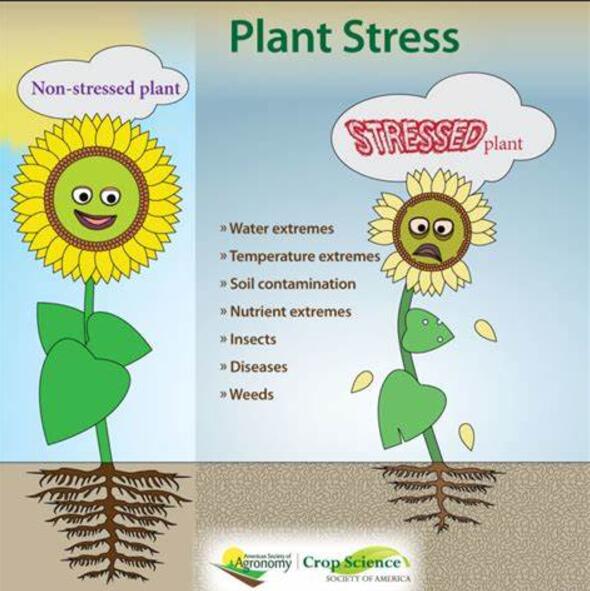An overview of molecular mechanisms and QTLs associated with arsenic tolerance in rice
IF 6.8
Q1 PLANT SCIENCES
引用次数: 0
Abstract
Arsenic is a type of metalloid whose concentration is increasing rapidly in the agricultural fields of Asian countries. The presence of arsenic in rice fields not only causes damage at the cellular level and disruption of physiological function, but it can be a serious threat to human health by entering the food chain. Rice uses different defense strategies to deal with arsenic stress, like other abiotic stresses, and sometimes the damage caused by arsenic stress is high depending on the sensitivity of cultivars. Thus, it is imperative to use cultivars tolerant to arsenic stress, especially in areas with high arsenic concentration. For this purpose, quantitative trait loci (QTLs) related to rice tolerance to arsenic stress have been identified in different breeding populations by examining various traits related to arsenic concentration and accumulation. Identifying reliable QTLs and markers linked to arsenic-related traits will facilitate marker-assisted selection (MAS) for breeding of arsenic-tolerant rice varieties. In this review, we provide information about the arsenic stress to plants, the plant tolerance to arsenic stress, and rice QTLs related to arsenic tolerance.

水稻抗砷性分子机制及相关qtl研究综述
砷是一种类金属,其浓度在亚洲国家的农田中迅速增加。稻田中砷的存在不仅会造成细胞层面的损害和生理功能的破坏,而且还可能通过进入食物链对人体健康构成严重威胁。水稻与其他非生物胁迫一样,采用不同的防御策略来应对砷胁迫,有时砷胁迫造成的伤害很大,这取决于品种的敏感性。因此,选用抗砷胁迫的品种,特别是在高砷地区,是十分必要的。为此,通过对水稻砷浓度和积累相关性状的研究,在不同的育种群体中发现了与水稻抗砷胁迫相关的数量性状位点。鉴定与砷相关性状相关的可靠qtl和标记,将有助于利用标记辅助选择技术选育耐砷水稻品种。本文综述了砷胁迫对植物的影响、植物对砷胁迫的耐受性以及水稻对砷胁迫相关的qtl。
本文章由计算机程序翻译,如有差异,请以英文原文为准。
求助全文
约1分钟内获得全文
求助全文
来源期刊

Plant Stress
PLANT SCIENCES-
CiteScore
5.20
自引率
8.00%
发文量
76
审稿时长
63 days
期刊介绍:
The journal Plant Stress deals with plant (or other photoautotrophs, such as algae, cyanobacteria and lichens) responses to abiotic and biotic stress factors that can result in limited growth and productivity. Such responses can be analyzed and described at a physiological, biochemical and molecular level. Experimental approaches/technologies aiming to improve growth and productivity with a potential for downstream validation under stress conditions will also be considered. Both fundamental and applied research manuscripts are welcome, provided that clear mechanistic hypotheses are made and descriptive approaches are avoided. In addition, high-quality review articles will also be considered, provided they follow a critical approach and stimulate thought for future research avenues.
Plant Stress welcomes high-quality manuscripts related (but not limited) to interactions between plants and:
Lack of water (drought) and excess (flooding),
Salinity stress,
Elevated temperature and/or low temperature (chilling and freezing),
Hypoxia and/or anoxia,
Mineral nutrient excess and/or deficiency,
Heavy metals and/or metalloids,
Plant priming (chemical, biological, physiological, nanomaterial, biostimulant) approaches for improved stress protection,
Viral, phytoplasma, bacterial and fungal plant-pathogen interactions.
The journal welcomes basic and applied research articles, as well as review articles and short communications. All submitted manuscripts will be subject to a thorough peer-reviewing process.
 求助内容:
求助内容: 应助结果提醒方式:
应助结果提醒方式:


